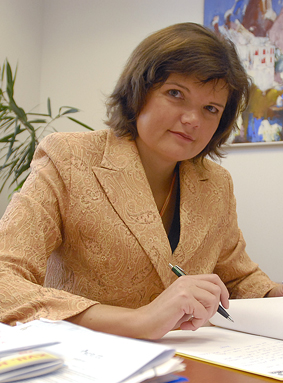
The year 2006 was particularly demanding for schools and educational institutions due to the coming into effect of the new Education Code, as many of its provisions were not clearly defined and some of them complicated hitherto established systems, forcing schools to adapt.
Vysočina schools submitted more educational projects per student under the state policy on information technology than any other region. 91 primary and secondary schools applied to the program with 118 projects, of which 64 projects were accepted and received nearly CZK 10 million. According to a statistical survey (UIV), the Vysočina Region reached the best parameters in academic performance per 100 students in all levels of education, as well as the most computers connected to the Internet, and the most computers with high-speed Internet access, of all of the country’s regions.
The Vysočina Region launched a special program to help educational institutions acquire computer technology, with CZK 7 million distributed amongst 36 secondary and primary schools (formerly special-education schools).
Particularly successful was a project that was partly financed from European resources, called Adaptable Schools, in which nine specialized secondary schools enrolled. The project focused on variability of education as part of initial education. In the first years of the program, all students follow the same syllabus, sample diverse specialized subjects, and after completing the first year, they select a specialization. The second part of the program focuses on centers that provide adult education as part of life-long educational opportunities. Since no major school mergers and transformations took place, the year 2006 was relatively peaceful.
